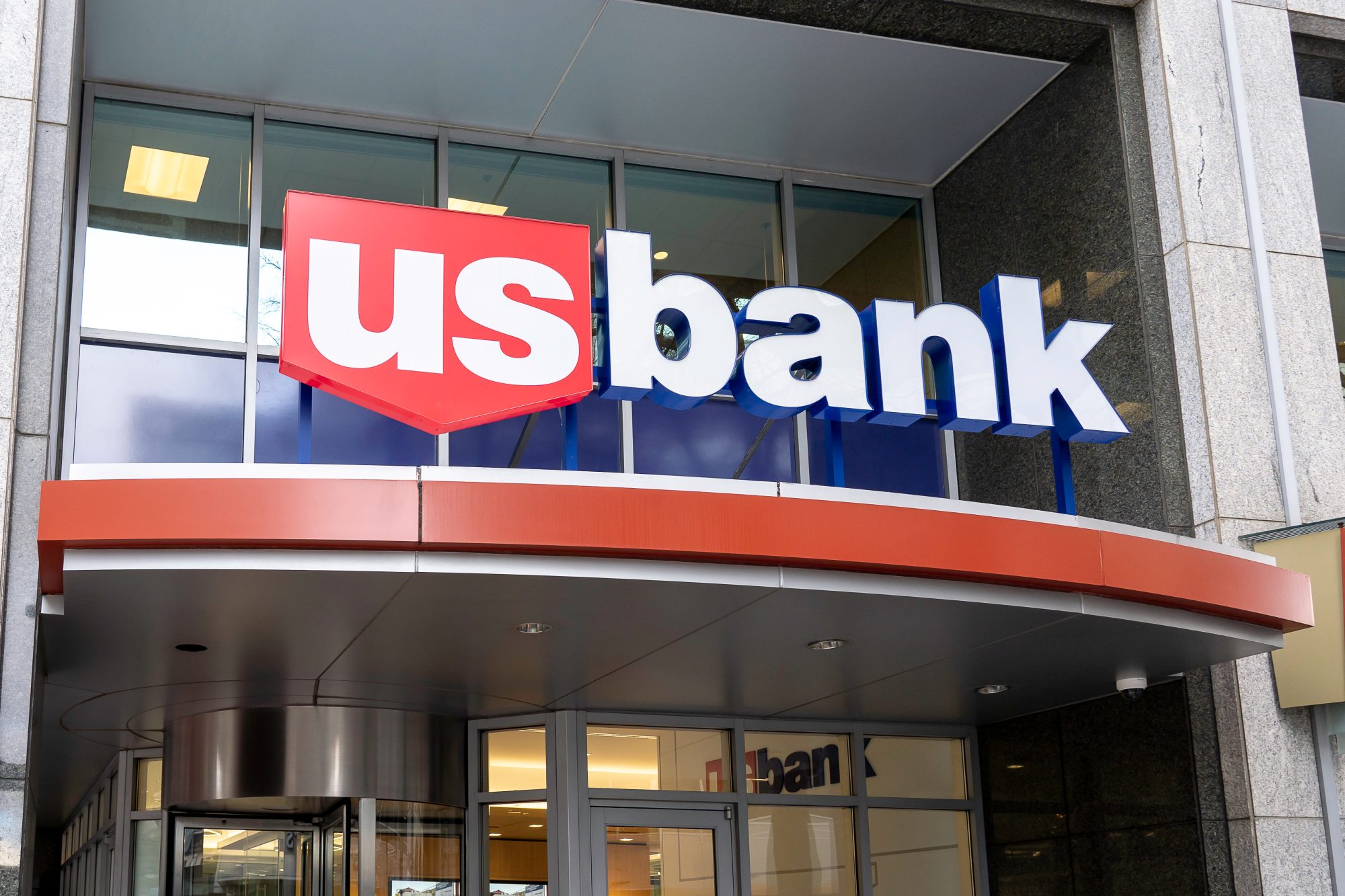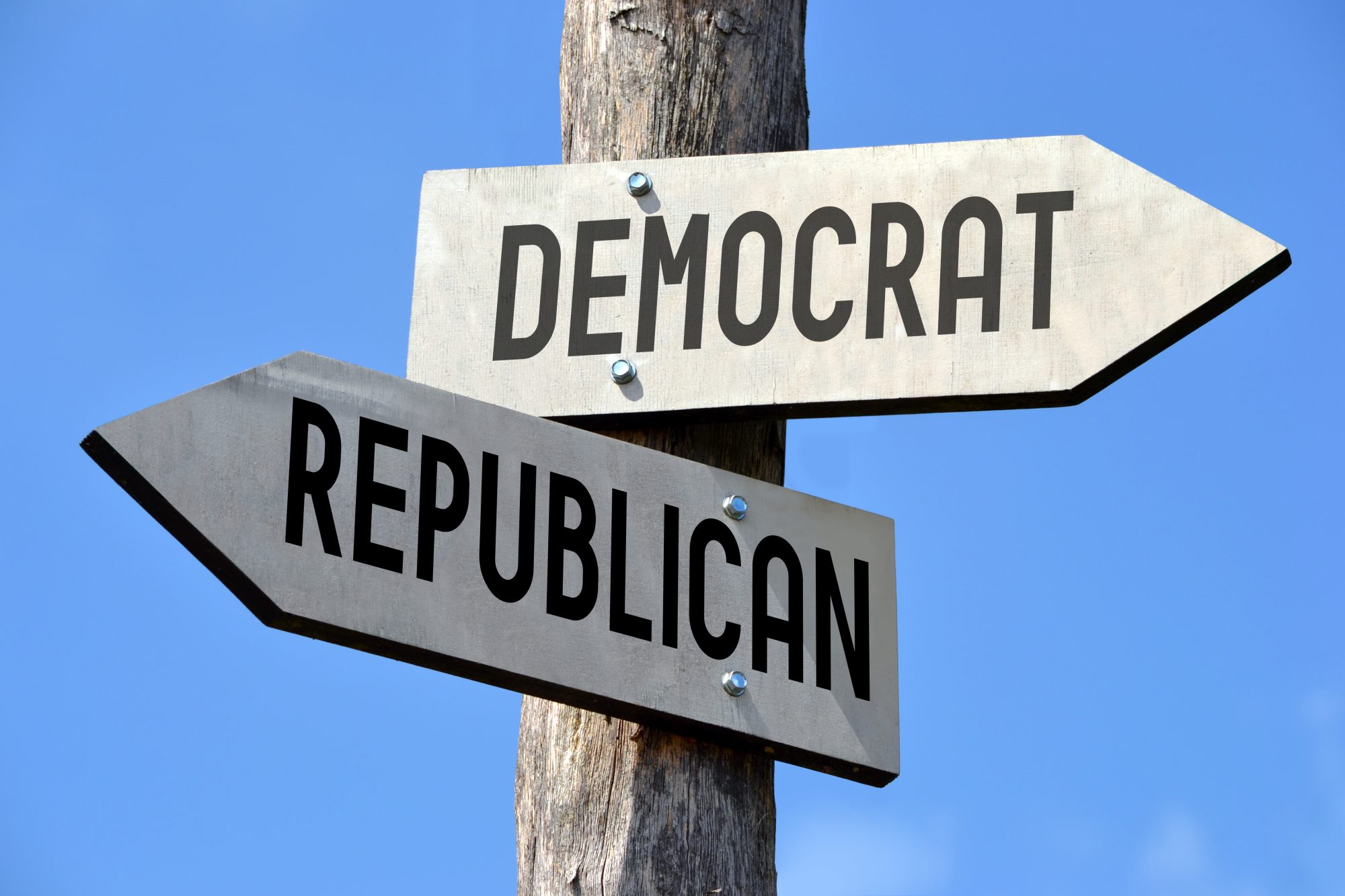Jefferies strategists Sean Darby, Kenneth Chan and Vivien Hu present their views on the current valuation of the U.S. markets in their study ‘Global Equity Strategy US – No Line on the Horizon’ of October 30.
The Shiller CAPE Ratio
One of the valuation methods, the Shiller CAPE Ratio, has been in the limelight recently because it is currently ruling at 24x for the S&P 500, said to be a high valuation. (Also read here why the CABM Ratio could be superior to the CAPE Ratio).
CAPE Ratio may suffer
The Jefferies analysts say, “Investors should be careful relying solely on one valuation model to determine whether the equity market is under or overvalued,” and point out that the CAPE ratio may suffer from a few deficiencies when valuing the S&P 500:
– The S&P 500 is weighted on the basis of market capitalization, and therefore profits may be skewed in relation to company value.
– When looked at through the prism of other valuation methodologies, the S&P 500 does not appear overly expensive.
– Removing the cash hoards that have been built up by some of companies would have the effect of lowering the PE multiple.
– Absolute readings of the CAPE Ratio may seem elevated, but this could be misleading to investors because stocks have been known to rise higher regardless of seemingly expensive PE multiples. For example, the S&P 500 doubled during the periods 2003-2007 and again from 2009 to today – despite an ‘overvalued’ reading from the CAPE Ratio during these periods.
– The reading from the CAPE Ratio suffers from the ‘hindsight is 20:20’ effect – stock valuations also depend on perceptions of future profits.
– The constitution of the S&P 500 changes from time to time, and the CAPE Ratio may be comparing apples to oranges because of the change in the composition of the index.
According to Jefferies, U.S. stocks in fact are cheap because of ‘de-equitization’ (a phrase coined by another investment bank), as well as due to easy monetary conditions due to falling bond yields.
The analysts project a year-end S&P 500 target price of 1,735.
H/T Sam Ro












